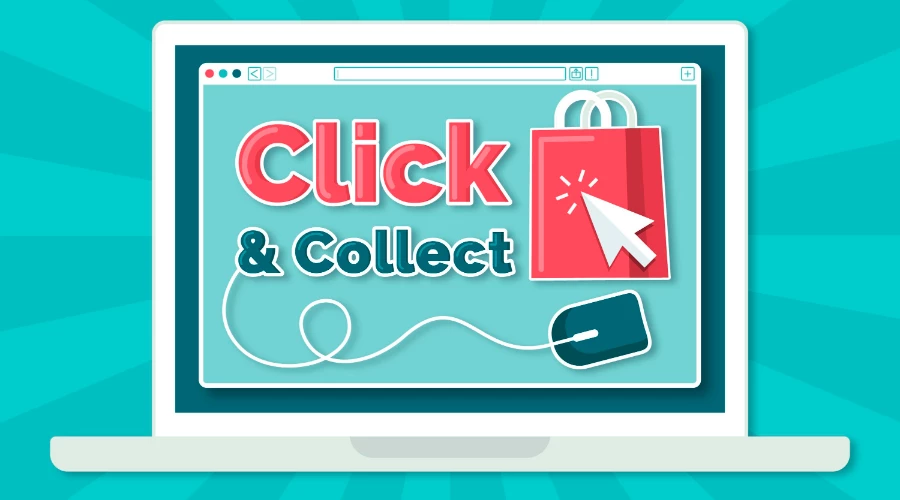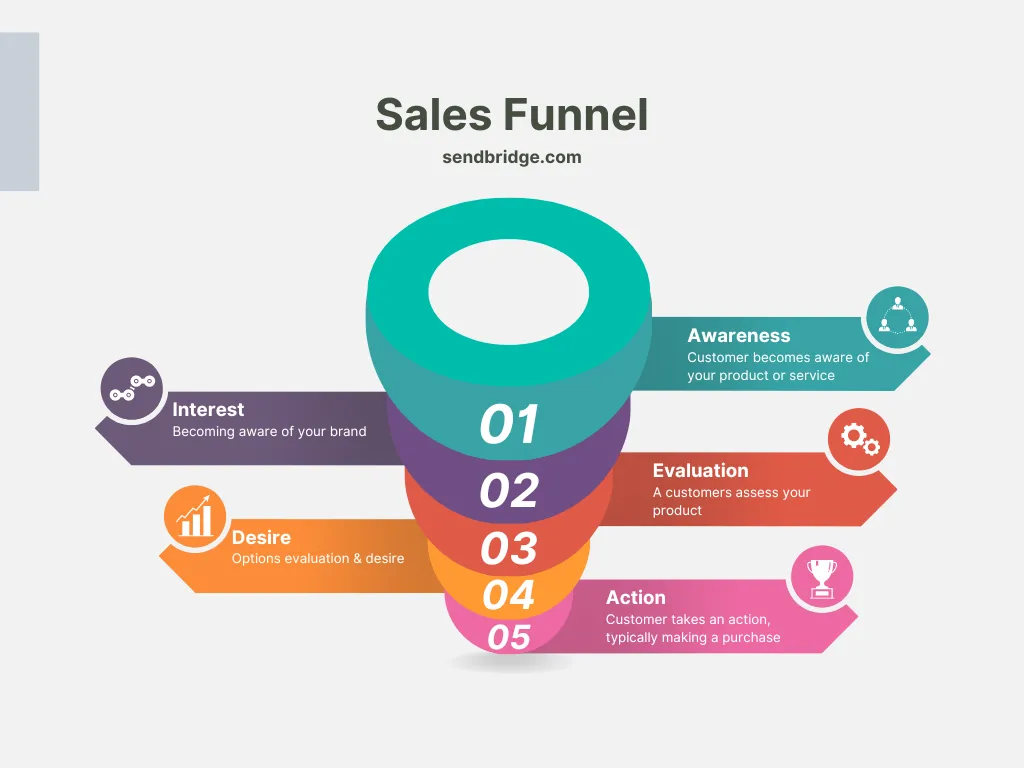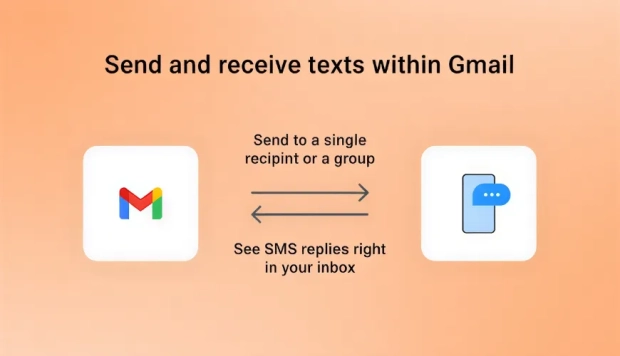Click Funnels vs. Sales Funnels Explained

When we talk about making sales online or in a store, we often hear about "funnels." You might have heard terms like "click funnels" and "sales funnels" thrown around, especially if you're in marketing or running a business. They might sound similar, but they have different roles in guiding people from just looking to actually buying. Let's look at what these funnels are and how they work at different stages: top, middle, and bottom.
What is a Sales Funnel?
Imagine a funnel, like the one you might use in the kitchen. A sales funnel works a bit like that but for your business. At the top, lots of people might see your product or hear about your service (this is the "top-of-funnel"). As they get more interested, they move closer to making a purchase, going through the "middle-of-funnel" and then to the "bottom-of-funnel," where they finally buy something.
How Does a Sales Funnel Work?
A sales funnel is a powerful concept in the business world that helps us understand the journey a customer goes through before making a purchase. Think of it as a real funnel: wide at the top and narrow at the bottom. Each section of the funnel represents a different stage of the customer's journey, from first hearing about a product to finally buying it.
The Stages of a Sales Funnel
Let's break down the sales funnel into its core stages to see how it works:
1. Awareness (Top-of-Funnel, ToFu): This is the initial stage where potential customers become aware of your product or service. They might discover your brand through various channels like advertisements, social media, or word of mouth. The key here is to grab their attention and make a memorable first impression.
2. Interest (Middle-of-Funnel, MoFu): After becoming aware of your brand, potential customers move to the interest stage. Here, they show curiosity about your offerings and seek more information. Engaging content, such as informative blog posts, newsletters, and social media updates, plays a crucial role in nurturing their interest.
3. Evaluation: In the evaluation stage, potential customers assess your product or service against others in the market. They consider factors like features, benefits, pricing, and reviews. This is a critical point where your marketing needs to highlight the unique value proposition of your offerings and address any concerns or questions.
4. Desire (Bottom-of-Funnel, BoFu): Once potential customers have evaluated their options, they develop a desire for your product or service. At this stage, your marketing efforts should focus on creating a strong emotional connection, emphasizing how your offering can meet their needs or solve their problems, and why it's the best choice.
5. Action: The final stage of the funnel is where the customer takes action, typically making a purchase. The goal here is to make the buying process as seamless as possible, with clear calls-to-action, easy navigation, and reassuring support to guide them through the transaction.

How It Works in Practice
The sales funnel works by guiding potential customers through these stages, using different marketing strategies and tools at each point to move them closer to a purchase.
- ToFu efforts might include targeted ads to raise awareness or engaging content on social media to spark interest.
- MoFu efforts could involve sending personalized emails with more in-depth information about the products or services, showcasing the value they offer.
- BoFu efforts might focus on closing the sale with a strong call-to-action, a limited-time offer, or a live demo to address any last-minute questions or concerns.
Why It's Effective
The sales funnel is effective because it matches your marketing and sales efforts to the customer's journey. By understanding what potential customers need at each stage, you can provide it, making their path to purchase smoother and more natural. It's not just about pushing for a sale; it's about building trust, providing value, and solving problems along the way.
A sales funnel is a strategic way to understand and influence the customer's journey from awareness to purchase. By analyzing the sales funnel and tailoring your marketing and sales efforts to each stage of the funnel, you can effectively guide potential customers toward making a purchase, ultimately growing your business. Remember, a successful sales funnel is all about creating a seamless, engaging journey that meets the needs and concerns of your customers at every step.
What is a Click Funnel?
A click funnel is a digital marketing strategy used to guide online users through a predetermined pathway toward a specific goal, usually making a purchase or signing up for a service. Unlike traditional sales funnels that may involve various types of customer interactions, a click funnel is purely online and is focused on leading a user through a series of web pages, each designed with the purpose of moving the user to the next step in the funnel. The ultimate aim is to streamline the user's journey from initial interest to final action, making the process as efficient and frictionless as possible.
How Does a Click Funnel Work?
A click funnel works by strategically structuring web pages and content to lead a user through a decision-making process. It begins with a user clicking on an ad, a search engine result, or a social media post, which takes them to a landing page. This landing page is the entry point of the funnel and is designed to capture the user's interest and encourage them to proceed. Subsequent pages provide more detailed information, showcase the benefits of the product or service, offer testimonials or reviews, and ultimately lead to a page where the user can make a purchase or sign up. Each step is carefully crafted to address potential questions or objections, making it easier for the user to decide positively in favor of the offering.
What is an Example of a Click Funnel?
An excellent example of a click funnel might involve an online fitness coaching service. It starts with an advertisement on social media that targets individuals interested in fitness. The ad would feature a compelling image or video with a call-to-action (CTA) button saying "Learn More" or "Start Your Fitness Journey."
Landing Page: When a user clicks the ad, they're directed to a landing page designed specifically for this campaign. The page might feature a brief introduction to the coaching service, emphasizing the benefits like personalized workout plans, nutritional guidance, and one-on-one coaching sessions. There would be a clear CTA, such as "Get Your Free Consultation," encouraging users to click further.
Information Page: After clicking the CTA, the user is taken to a more detailed page that describes the service in depth, including success stories from previous clients, detailed program descriptions, and perhaps a video message from the coach. The CTA on this page might be "Sign Up for a Free Trial" or "Download a Free Workout Plan."
Signup Page: Users interested in the offer would then click through to a signup form where they can register for their free trial or download. This page is straightforward, asking for just enough information to get started, such as name, email, and fitness goals.
Confirmation Page: After submitting the form, the user reaches a confirmation page thanking them for signing up and providing the next steps, like how to access their free trial or download the workout plan. This page might also offer an immediate upsell, such as a discounted rate for signing up for a full program within the next 48 hours.
This click funnel effectively moves a user from initial curiosity to taking actionable steps, using clear, persuasive content at each stage to guide the decision-making process.
Maximizing Online Success - The Synergy of Click and Sales Funnels
Understanding and effectively implementing click and sales funnels is crucial for businesses looking to thrive online.
Click funnels, with their streamlined process, are indispensable in guiding potential customers through a clear and focused online journey, leading them from initial interest to final purchase with minimal distractions.
This precision in directing customer actions is important in enhancing conversion rates and maximizing the effectiveness of digital marketing campaigns.
On the other hand, sales funnels provide a broader perspective, encompassing various customer interactions across both online and offline platforms. This holistic view is essential for businesses aiming to nurture relationships at every touchpoint, from raising awareness to securing loyalty post-purchase.
Both click and sales funnels play integral roles in a comprehensive marketing strategy, each addressing different aspects of the customer journey. While click funnels excel in the digital realm, offering a concise pathway to conversion, sales funnels offer a wider lens, capturing the full spectrum of customer engagement.
Together, they equip businesses with the tools needed to not only attract but also retain customers in a competitive marketplace. By tailoring their approach to suit each stage of these funnels, businesses can ensure they meet their customers' needs effectively, leading to sustained growth and success in their respective industries.




